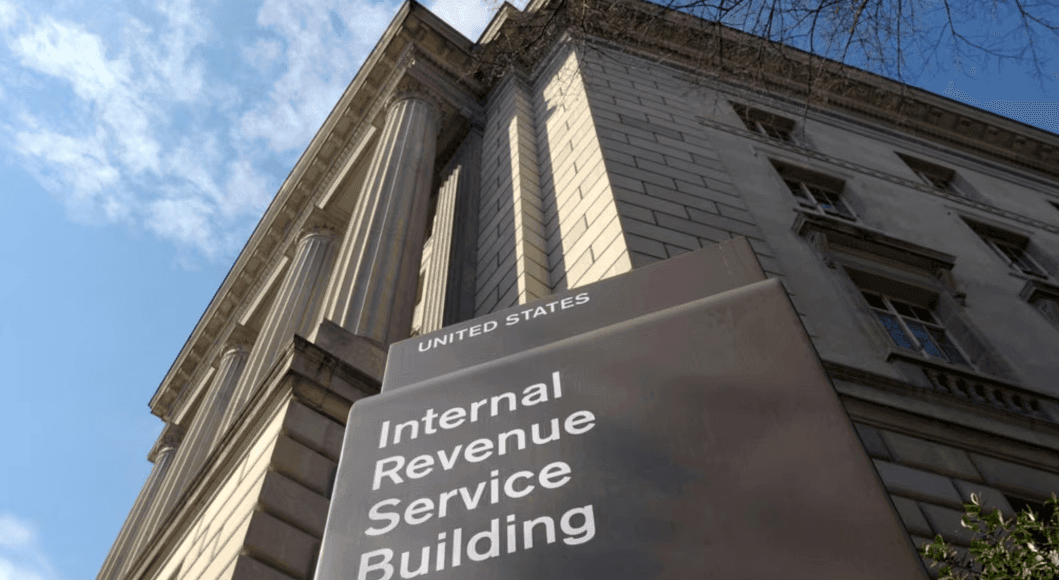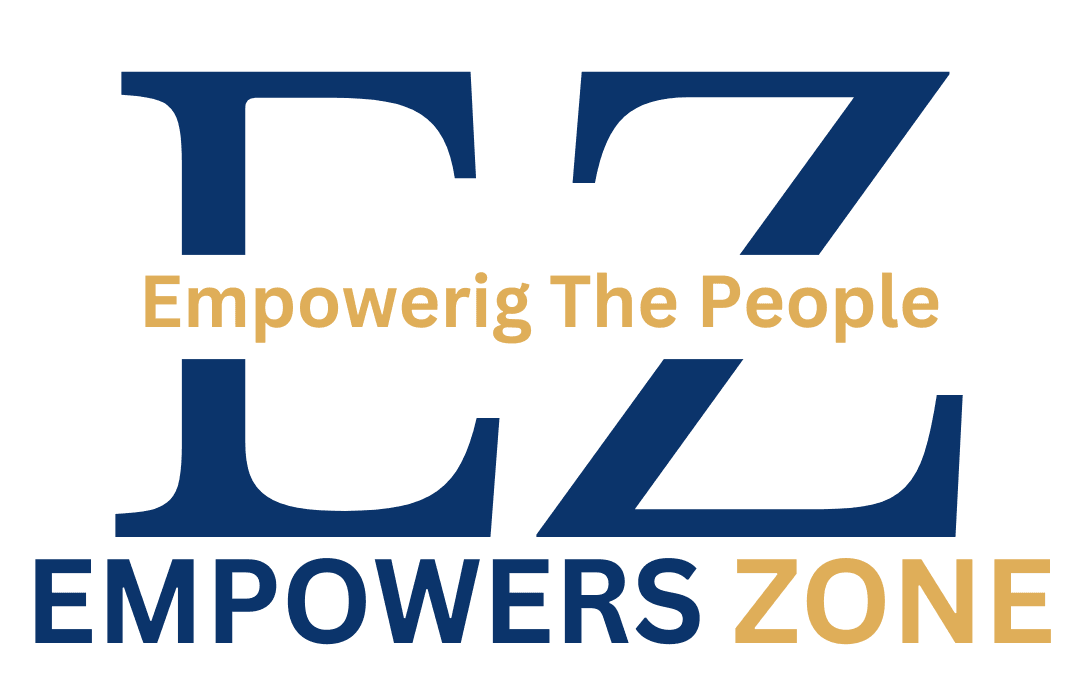
Understanding Your IRS Tax Refund Amount for 2025: A Complete Guide
As the tax year 2025 approaches, many taxpayers are already curious about their potential IRS tax refund amount. Whether you’re a seasoned taxpayer or filing for the first time, understanding how your refund is calculated and what factors influence it can help you plan your finances better. In this blog, we’ll dive deep into everything you need to know about your IRS tax refund amount for 2025, including tips to maximize your refund and common mistakes to avoid.
What is an IRS Tax Refund?
An IRS tax refund is the amount of money returned to you if you’ve paid more in taxes throughout the year than what you actually owe. This typically happens when your employer withholds more taxes from your paycheck than necessary, or if you make estimated tax payments that exceed your tax liability. The refund is essentially your money being returned to you, and it can be a significant financial boost if you’re expecting a large amount.
How is Your IRS Tax Refund Amount Calculated?
Your IRS tax refund amount for 2025 will depend on several factors, including your income, deductions, credits, and tax withholdings. Here’s a breakdown of how the IRS calculates your refund:
- Taxable Income: Your taxable income is your total income minus any deductions and exemptions. The lower your taxable income, the less tax you owe, which could result in a larger refund.
- Tax Withholdings: If you’re an employee, your employer withholds taxes from your paycheck based on the information you provide on your W-4 form. If too much is withheld, you’ll receive a refund. If too little is withheld, you may owe taxes.
- Tax Credits: Tax credits directly reduce the amount of tax you owe and can significantly increase your refund. Common tax credits include the Earned Income Tax Credit (EITC), Child Tax Credit, and education credits.
- Deductions: Deductions reduce your taxable income, which can lower your tax liability and increase your refund. You can choose between the standard deduction or itemized deductions, depending on which is more beneficial for you.
- Filing Status: Your filing status (single, married filing jointly, head of household, etc.) also affects your tax liability and refund amount. Different filing statuses have different tax brackets and standard deduction amounts.
Factors That Could Affect Your IRS Tax Refund Amount for 2025
Several factors could influence your IRS tax refund amount for 2025. Being aware of these factors can help you make informed decisions and potentially increase your refund:
- Changes in Tax Laws: Tax laws are constantly changing, and new legislation could impact your refund. Stay updated on any changes to the tax code that could affect your tax liability.
- Life Changes: Major life events such as marriage, divorce, having a child, or buying a home can significantly impact your tax situation. For example, getting married could change your filing status and potentially lower your tax liability.
- Income Changes: If your income increases or decreases significantly, it could affect your tax liability and refund amount. A higher income could push you into a higher tax bracket, while a lower income could make you eligible for certain tax credits.
- Adjustments to Withholdings: If you adjust your W-4 form to have more or less tax withheld from your paycheck, it will directly impact your refund. It’s essential to review your withholdings periodically, especially after major life changes.
- Tax Credits and Deductions: Taking advantage of all available tax credits and deductions can significantly increase your refund. Make sure you’re aware of all the credits and deductions you’re eligible for.
Tips to Maximize Your IRS Tax Refund Amount for 2025
If you’re looking to maximize your IRS tax refund amount for 2025, here are some tips to consider:
- Adjust Your Withholdings: If you consistently receive a large refund, you may want to adjust your withholdings to have less tax taken out of your paycheck. This way, you’ll have more money throughout the year rather than waiting for a refund.
- Contribute to Retirement Accounts: Contributions to retirement accounts like a 401(k) or IRA can reduce your taxable income, potentially increasing your refund.
- Take Advantage of Tax Credits: Make sure you’re claiming all the tax credits you’re eligible for. Credits like the EITC, Child Tax Credit, and education credits can significantly increase your refund.
- Itemize Deductions: If your itemized deductions exceed the standard deduction, itemizing could lower your taxable income and increase your refund. Common itemized deductions include mortgage interest, medical expenses, and charitable contributions.
- File Early: Filing your taxes early can help you avoid last-minute mistakes and ensure you receive your refund as soon as possible. It also reduces the risk of tax fraud, as someone else won’t be able to file a fraudulent return using your information.
- Double-Check Your Return: Before submitting your tax return, double-check all the information to ensure accuracy. Mistakes can delay your refund or result in a smaller refund than you’re entitled to.
Common Mistakes to Avoid When Filing for Your IRS Tax Refund
When filing for your IRS tax refund, it’s essential to avoid common mistakes that could delay your refund or result in a smaller amount. Here are some mistakes to watch out for:
- Incorrect Information: Ensure that all the information on your tax return is accurate, including your Social Security number, income, and deductions. Incorrect information can lead to delays or even an audit.
- Missing Deadlines: Filing your taxes late can result in penalties and interest, reducing your refund amount. Make sure to file your return by the deadline, which is typically April 15th.
- Not Reporting All Income: Failing to report all your income, including freelance work or side gigs, can result in penalties and a smaller refund. Make sure to report all sources of income.
- Overlooking Deductions and Credits: Don’t overlook deductions and credits that you’re eligible for. Research all available deductions and credits to ensure you’re maximizing your refund.
- Filing the Wrong Status: Filing under the wrong status (single, married, head of household, etc.) can affect your tax liability and refund amount. Make sure to choose the correct filing status.
What to Do If You Don’t Receive Your IRS Tax Refund
If you don’t receive your IRS tax refund amount for 2025, there are several steps you can take:
- Check the Status: Use the IRS’s “Where’s My Refund?” tool to check the status of your refund. This tool provides updates on the processing of your return and the expected refund date.
- Contact the IRS: If there’s a delay or issue with your refund, you can contact the IRS for assistance. Be prepared to provide your Social Security number, filing status, and the exact amount of your expected refund.
- Review Your Return: If there’s a discrepancy or error on your tax return, it could delay your refund. Review your return for any mistakes and file an amended return if necessary.
- Consider Direct Deposit: If you haven’t already, consider opting for direct deposit when filing your taxes. This is the fastest way to receive your refund, and it reduces the risk of your refund check being lost or stolen.
Conclusion
Your IRS tax refund amount for 2025 will depend on various factors, including your income, deductions, credits, and withholdings. By understanding how your refund is calculated and taking steps to maximize it, you can ensure that you receive the largest refund possible. Remember to stay informed about any changes to tax laws, adjust your withholdings as needed, and take advantage of all available tax credits and deductions. By following these tips and avoiding common mistakes, you’ll be well on your way to a successful tax filing season in 2025.



Leave a Comment